Arctic Accelero Twin Turbo 690
Manufacturer: ArcticUK Price (as reviewed): £80.70 (inc VAT)
US Price (as reviewed): $102.99 (ex Tax)
First up is quite simply one of the most monstrous graphics card coolers we’ve ever seen. Arctic’s Accelero Twin Turbo 690 extends Arctic’s range of third party GPU coolers, which already stretches from ancient graphics cards such as the Radeon 9700 Pro and GeForce 8800 series. We haven’t had great experiences of Arctic’s latest coolers, for the simple reason they only attach physically to the GPU core, often requiring a heap of separate heatsinks to be secured to VRMs and RAM modules.
Click to enlarge
However, the Accelero Twin Turbo 690 uses a single cooling plate for the VRMs and memory making installation far easier and safer. The reason the Accelero Twin Turbo 690 is so huge is that rather than use 90mm or 92mm fans, Arctic has gone all-out and used two 120mm fans. Each of these blows air onto a huge heatsink, fed by a total of ten – yes ten heatpipes. For such a leviathan, it’s surprising that the Accelero Twin Turbo 690 only stretches into a third PCI slot, meaning your GTX 690 4GB will end up using three in total.
It’s the width that’s the main issue though; the heatsink and fans push over an inch passed the PCB. Most of the small cases we tried were simply too shallow to get the side panel on, but we suppose you probably won’t be using this kind of graphics card in a case that costs less than £50 anyway. The fans are powered by the standard fan connector on the PCB, which you need to hook up prior to mounting the heatsink.
Click to enlarge
You also need to apply about half a mile of thermal pads, which fit on the various VRM and RAM modules and various other hot spots. In addition, you need to fit more than a dozen spacers and apply thermal paste to the two GPU cores. Needless to say it’s pretty involved – far more so than your average waterblock.
To make matters worse, several areas need to be isolated from short circuiting against the large single-piece heatsink. The instructions point you at a strip of insulating tape, which you cut into sections and apply accordingly. This is fair enough, but it did nothing for our nerves and once we’d mounted the massive cooler, we did half expect some sort of explosion when we powered the system on.
Click to enlarge
Thankfully this didn’t happen. In fact we had to make sure the fans were spinning because the Accelero Twin Turbo 690 was so quiet. Even under load it proved to be practically inaudible compared to the rest of the system, and a huge amount quieter than the reference cooler.
EK-FC690 GTX Full Cover Waterblock
Manufacturer: EKUK Price (as reviewed): £111.59 (inc VAT)
US Price (as reviewed): $149.99 (ex Tax)
EK was one of the first companies to release a full cover waterblock for the GeForce GTX 690 4GB and has also been the first out the door with an equivalent waterblock for Titan too. The EK-FC690 GTX is an absolute monster of a waterblock, but mounting it should be no more difficult than fitting that of a GTX 660 Ti 2GB.
Click to enlarge
The block itself is available in either a copper or nickel-plated finish along with either clear plastic or black Acetal top sections, with the clear and nickel options being the slightly more expensive. EK’s current waterblocks use a circle-pattern design on the tops, which we think looks great, but each to his own. Unlike the days when EK’s full-cover waterblocks had inlets and outlets on both sides, its current models have them only on one side, typically facing down in a standard ATX tower case.
Click to enlarge
This may or may not suit your needs but EK also includes what it calls an EK-FC Link with all current waterblocks of this type. It’s essentially a twin angled adaptor that bolts on over the ports and allows you to point the ports at a right angle or essentially parallel to the PCB. With some right-angled barbs, you can then point your tubing to the side or vertically in your case. It’s a necessary measure to have the waterblock fit a little more snugly to the PCB and we’d argue it looks better too.
Click to enlarge
EK’s instructions are pretty good, and fitting the block was far easier than Arctic’s monster cooler. You still need to deal with a few thermal pads and apply your own non-conductive thermal paste, but despite its size and weight, it was pretty straightforward and the ports allow you to have two compression fittings side by side too.
Head over the page to see the cooling results and our performance analysis

MSI MPG Velox 100R Chassis Review
October 14 2021 | 15:04



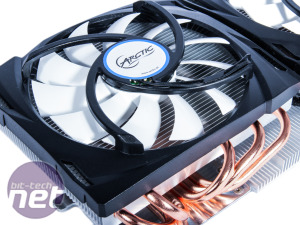
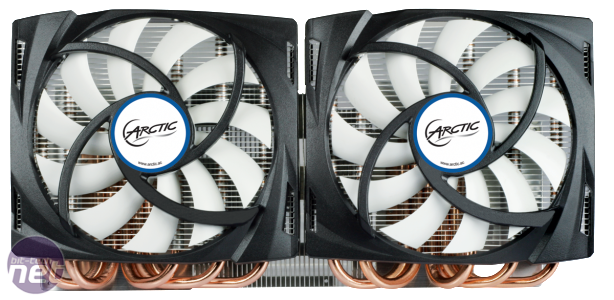
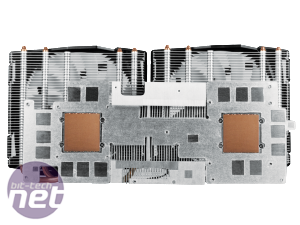
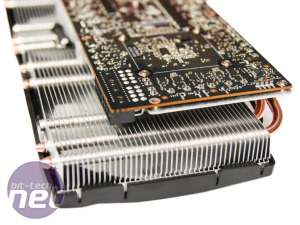
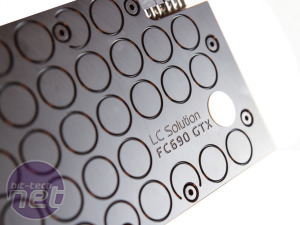
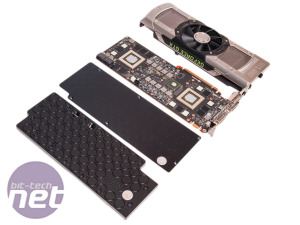

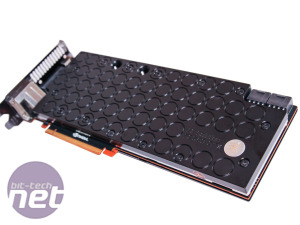
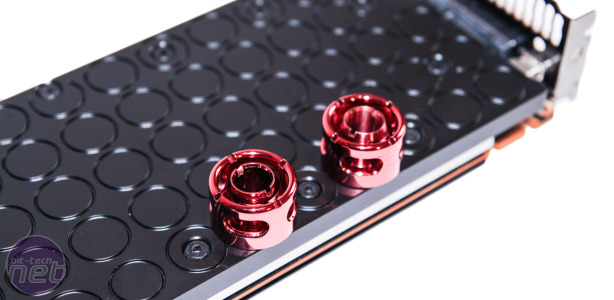







Want to comment? Please log in.